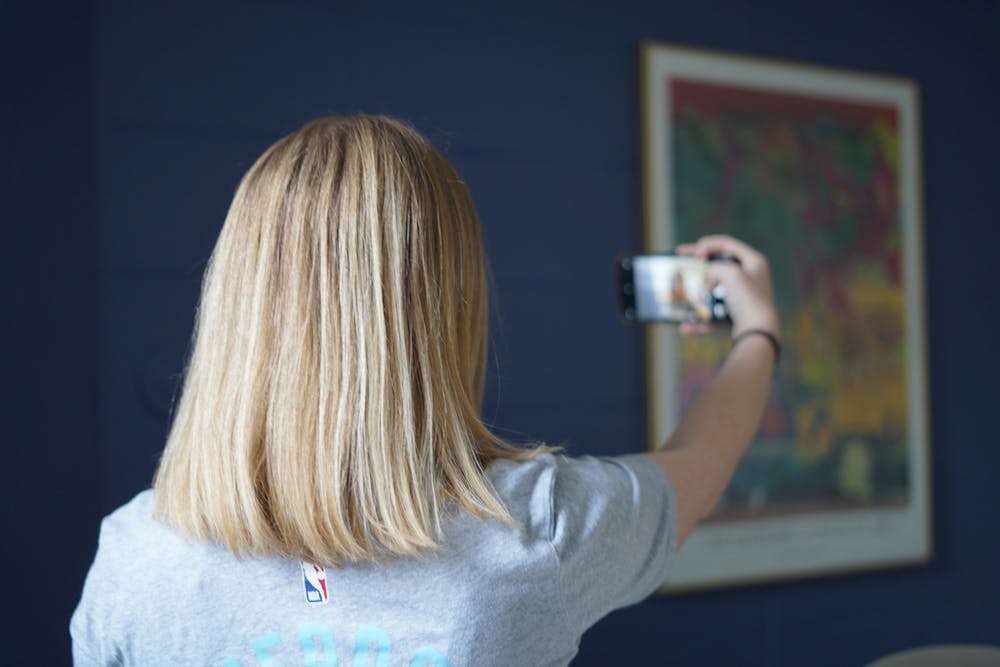Earlier this month, Instagram announced the launch of enhanced tags, a new feature that makes it easier for creators to receive credit for their work. This feature rightfully emerges at a time when content theft and cultural appropriation are topics of debate across social media platforms — especially for Black and other non-white creators. Instagram’s new feature attempts to correct this practice through fair citation.
“Enhanced tags allow a creator’s self-designated profile category on their professional accounts to be displayed in their People Tag, so that people can share and view a creator's specific contribution to a photo or video post,” the press release said.
Through this simple process, tagged users can be identified by their occupation — and others who engage with the post will be directed to everyone involved.
The issue of giving creators credit became a point of controversy last year on TikTok, the video app owned by Bytedance that has enjoyed skyrocketing popularity over the last two years.
In July 2021, Black creators staged a strike on the app, refusing to make a dance for a song by rapper Megan Thee Stallion who has had other songs go viral. Instead of creating a new dance trend for it, users abstained, using #BlackTikTokStrike to voice their frustration with non-Black influencers gaining popularity and financial opportunities by using their work without proper credit.
The most infamous case of content theft on the app occurred to Jalaiah Harmon, whose dance, the Renegade – one of the most viral dances of 2020 – enjoyed immense popularity without her getting credit for it. Instead, popular white influencers Addison Rae and Charli D’Amelio were heavily associated with the dance and were invited to public events to perform it.
Harmon was unable to cash in on the popularity of her own creativity, despite the effort to give her credit after the fact. This is the kind of treatment that Black creators protested.
It’s these practices of content theft that the feature was designed to correct. Data analyst Alexis Michelle Adjei and engineer Cameryn Boyd are the two Black women that created the feature. In an interview, they identify addressing inequity Black creators face as a priority in developing it.
They cite a 2021 report which found a 29 percent pay gap between white creators and all creators of color. That percentage grows to 35 percent between Black and white creators.




